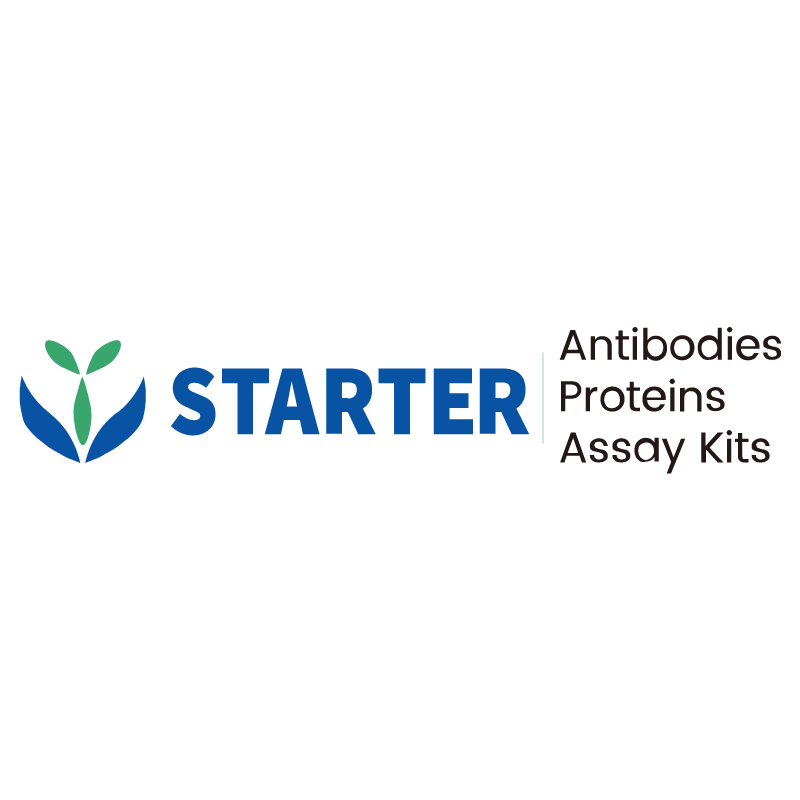2 μg(R: reducing conditions)
Product Details
Product Details
Product Specification
| Species | Human |
| Synonyms | Leukocyte cell-derived chemotaxin-2, LECT-2, hLECT2 |
| Accession | O14960 |
| Amino Acid Sequence | Protein sequence (O14960, Gly19-Leu151, with C-10*His) GPWANICAGKSSNEIRTCDRHGCGQYSAQRSQRPHQGVDILCSAGSTVYAPFTGMIVGQEKPYQNKNAINNGVRISGRGFCVKMFYIKPIKYKGPIKKGEKLGTLLPLQKVYPGIQSHVHIENCDSSDPTAYLGGGGSHHHHHHHHHH |
| Expression System | HEK293 |
| Molecular Weight | Predicted MW: 16.3 kDa Observed MW: 18 kDa |
| Purity | >95% by SDS-PAGE |
| Endotoxin | <0.1EU/μg |
| Tag | with C-10*His |
| Physical Appearance | Lyophilized Powder |
| Storage Buffer | Lyophilized from a 0.2 μm filtered solution of 0.2M PBS, pH7.4. |
| Reconstitution | Reconstitute no more than 1 mg/mL according to the size in deionized water after rapid centrifugation. |
| Stability & Storage | 12 months from date of receipt, -20 to -70 °C as supplied. |
Background
Leukocyte cell-derived chemotaxin-2 (LECT2) is a chemotactic factor for neutrophils. Subsequent studies have defined LECT2 as a hepatokine. LECT is an evolutionary conserved protein, has one or more important functions, and may be involved in various diseases. Human LECT2 is a secreted, 16 kilodalton protein. Its structure is similar to that of the M23 family of metalloendopeptidases. LECT2 has not been found to possess enzymatic activity and does not appear to share any functions with M23 metalloendopeptidases. The liver hepatocyte is considered to be the source of the LECT2 circulating in blood. Several cell types or tissues, e.g. osteoblasts, chondrocytes, cardiac tissue, gastrointestinal smooth muscle cells, and epithelial cells of some tissues normally do not express LECT2 but do so under a variety of disease conditions. LECT2 amyloidosis (ALECT2) was the common (~3% of total) cause of amyloidosis. Circulating levels of LECT2 are elevated in >90% of individuals with hepatoblastoma and >20% of individuals with Hepatocellular carcinoma. In the latter form of liver cancer, LECT2 levels increase with increasingly poor prognostic stages of the disease and therefore may prove to be valuable prognostic markers.
Picture
Picture
SDS-PAGE


